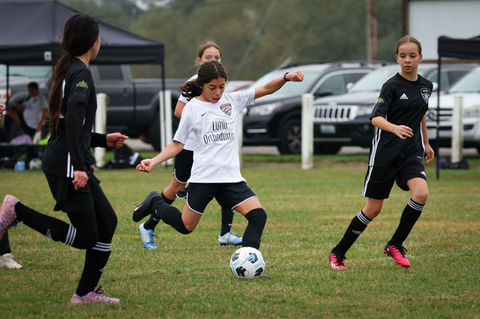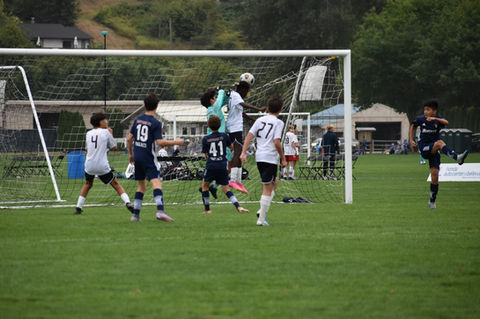PREMIER PROGRAM
Snohomish United is proud to be a part of Washington Youth Soccer. As a 501(c)(3) non-profit organization dedicated to youth development through soccer, we are affiliated with the following leagues, together offering a range of competitive opportunities for our players.
At Snohomish United, we offer more than just a youth soccer league; our year-round Premier Program provides a platform for comprehensive growth and development. Our player experience is guided by a set of core values that underscore the importance of leadership, teamwork, personal care, and excellence. We collaborate closely with each athlete to facilitate their personal development, emphasizing the profound impact of teamwork and focus.
Our coaching staff is distinguished by their robust playing backgrounds and certifications from US Soccer. In the selection of coaches for our Premier program, our primary focus is on individuals who excel in nurturing the potential of young soccer players, steering them toward the pinnacle of competitive performance, all while instilling a profound passion and joy for the game at the Premier level.
Why Choose Snohomish United?
At Snohomish United , we're dedicated to propelling your soccer journey forward.
We prioritize the holistic development of athletes, nurturing their mental, physical, and technical capabilities.
Our training environment is both supportive and competitive, providing the ideal platform for athletes to thrive and reach their full potential.
We focus on shaping intelligent, creative, resilient, and confident athletes, preparing them for success on and off the field.
With our guidance, athletes have the opportunity to progress to higher levels of competition, paving the way for college and professional endeavors.

COACHING PHILOSOPHY

Zone 1
U8-U9
Develop a love for the game.
Focusing on technical development with an emphasis on:
-
Ball familiarity
-
Ball control
-
Coordination
-
Dribbling
-
Receiving
-
Skill moves
-
Creativity
-
Comfort with the ball
Children have a fun experience with the primary focus on development
-
Small group activities where they recognize their teammates within 2v1, 2v2, 3v3 environments.

Zone 2
U10-U12
Develop fundamental training methods Individual ball mastery and good technical skills.
Players will learn:
-
Combination skill moves and develop good 1v1, 2v2, 3v3 applications
-
Understand spacing on the field
-
Learn to move off of the ball
The technical foundation of more complex tasks are:
-
Passing
-
Shooting
-
Dribbling
-
Receiving
Techniques will be emphasized with very basic tactical concepts.

Zone 3
U13-U14
Understanding style of play and how to use advanced tactical awareness.
-
Possession oriented games
-
Buildup play from the back
-
Displaying creativity on and off of the ball
-
Developing a strong mentality to overcome challenges.
-
Ability to play in numerous systems of play
-
coordination development
-
Confidence on the ball
Applied technical advancement is critical and understanding the importance of team shape in all moments of the game.

Zone 4
U15-U19
Using applied technique and advanced tactics to showcase and prepare players to compete:
-
Statewide level
-
Regional level
-
National levels
This stage gears players to be technically sound and tactically proficient in order to be able to compete at the highest levels of youth competition.
Club-wide understanding and programming for all teams from the simple to the complex.
Players are dynamic in and out of possession, understand positional play, and how to apply technique and tactics to the game context.




























